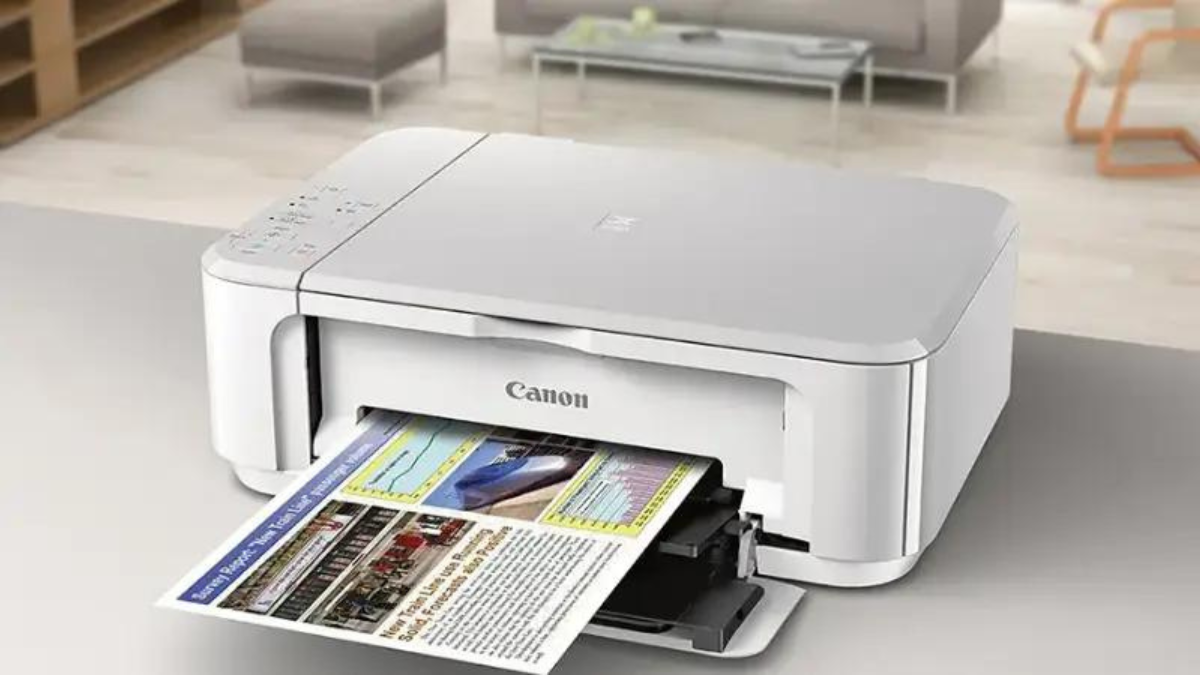Setting up a printer can sometimes present challenges, even for seasoned users. Recognizing and addressing common installation problems can facilitate a smoother setup process and ensure optimal printer performance. This guide delves into typical printer installation issues and offers detailed troubleshooting steps to resolve them effectively.
Common Printer Installation Problems
Printer Unresponsive
Symptoms:
- The printer fails to power on.
- No lights or display indicators are active.
Potential Causes:
- Faulty power connections.
- Defective power outlets.
- Internal hardware malfunctions.
Printer Not Recognized by Computer
Symptoms:
- The computer does not detect the printer.
- Error messages such as “Printer not found” appear.
Potential Causes:
- Loose or damaged USB cables.
- Wireless printers not properly connected to the network.
- Disabled printer sharing settings.
Driver Compatibility Issues
Symptoms:
- Errors occur during driver installation.
- Limited or unresponsive printer functions.
Potential Causes:
- Outdated or incorrect driver versions.
- Incompatibilities with the operating system.
Printer Fails to Connect to Wi-Fi
Symptoms:
- The printer cannot join the wireless network.
- Frequent disconnections from Wi-Fi.
Potential Causes:
- Incorrect Wi-Fi credentials entered.
- Interference from other electronic devices.
- The printer is positioned too far from the router.
Step-by-Step Troubleshooting Guide
Verify Printer Connections
- Power Supply:
- Ensure the power cord is securely connected to both the printer and a functioning power outlet.
- Test the outlet with another device to confirm its functionality.
- Data Cables:
- For wired printers, verify that USB or Ethernet cables are firmly connected and undamaged.
- Consider using alternative cables to rule out potential faults.
- Wireless Connections:
- Confirm that the printer’s Wi-Fi feature is enabled.
- Ensure the printer is within an optimal range of the router to maintain a stable connection.
Update or Reinstall Printer Drivers
- Identify the Appropriate Driver:
- Visit the printer manufacturer’s official website.
- Locate and download the driver compatible with your specific printer model and operating system.
- Installation Process:
- Install the downloaded driver by following the on-screen instructions.
- Restart your computer to apply the changes.
- Automatic Updates:
- Enable automatic updates to keep drivers current, reducing the risk of compatibility issues.
Restart Printer and Computer
- Power Cycle the Printer:
- Turn off the printer and unplug it from the power source.
- Wait approximately 60 seconds to allow any residual charge to dissipate.
- Plug the printer back in and power it on.
- Restart the Computer:
- Close all applications and reboot your computer to resolve potential software conflicts.
Check Network Settings for Wireless Printers
- Verify Wi-Fi Credentials:
- Ensure the correct network name (SSID) and password are entered into the printer’s settings.
- Router Settings:
- Access your router’s configuration page to confirm it’s broadcasting the appropriate frequency (2.4 GHz or 5 GHz) compatible with your printer.
- IP Address Conflicts:
- Assign a static IP address to the printer to prevent conflicts with other devices on the network.
Printer-Specific Troubleshooting Tips
- Consult the User Manual: Each printer model may have unique setup procedures and troubleshooting steps.
- Manufacturer Support: Visit the official support page for your printer model for FAQs, guides, and firmware updates.
- Community Forums: Engage with other users who may have encountered similar issues for shared solutions.
Advanced Troubleshooting Techniques
- Check for Firmware Updates: Manufacturers periodically release firmware updates to enhance performance and address known issues.
- Examine Firewall and Security Settings: Ensure that your computer’s firewall or antivirus software isn’t blocking printer communications.
- Reset Printer to Factory Settings: As a last resort, resetting the printer can resolve persistent issues; however, this will erase all current settings.
Conclusion
While printer installation challenges can be frustrating, most issues can be resolved through systematic troubleshooting. By verifying connections, updating drivers, and adjusting network settings, common problems can often be addressed effectively. For persistent issues, consulting the printer’s user manual or reaching out to manufacturer support is recommended to ensure optimal performance.
